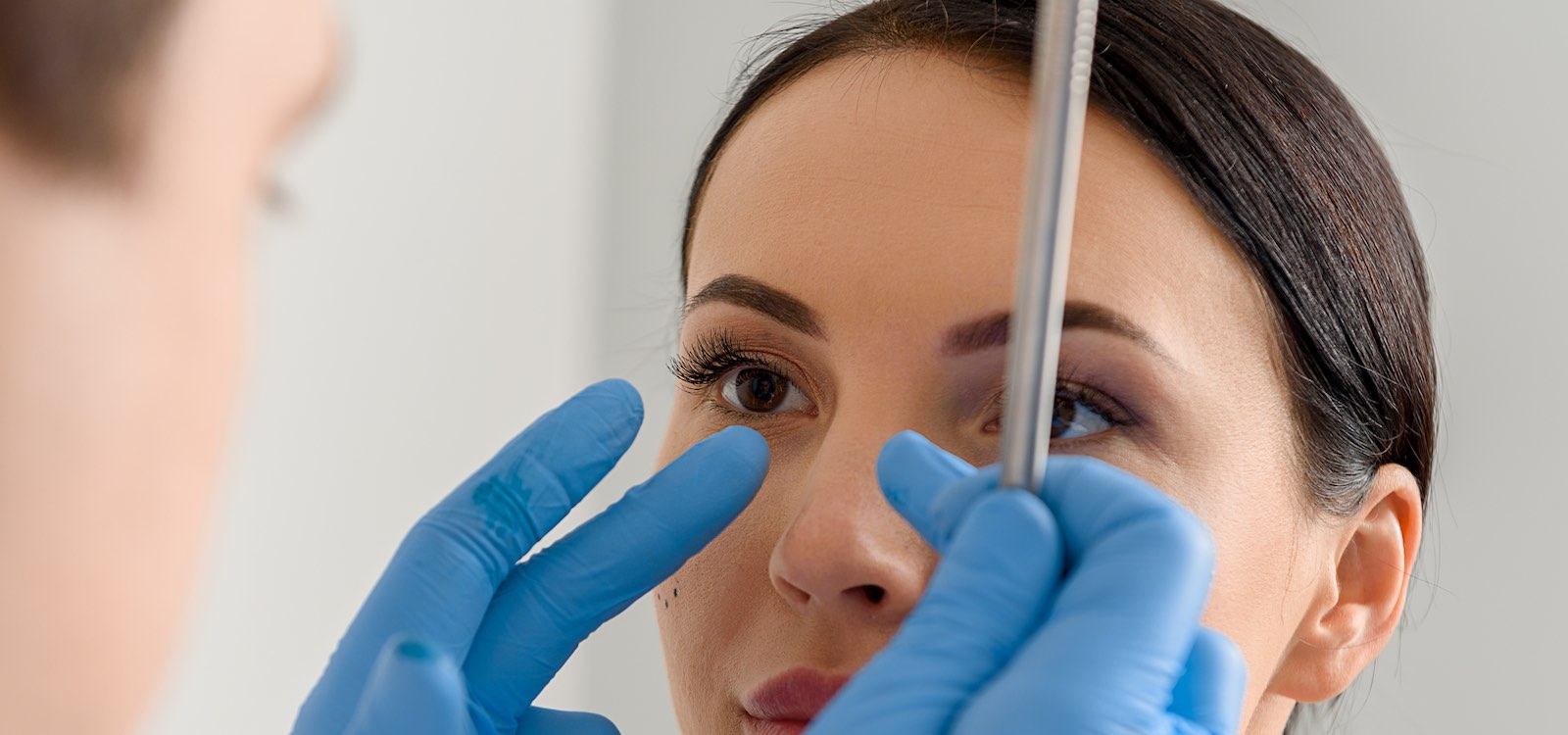Deviated Septum
The septum is a structure made of bone and cartilage that divides the nasal airway. The septum is covered by mucous membranes that are full of blood vessels. About 80% of people have a mild septum deformity or crookedness that makes one nasal passage larger than the other. For most, the symptoms are mild enough that they may not even be noticeable. For some, however, a significantly deviated septum can lead to lifestyle impediments.
The Symptoms of a Deviated Septum
The most obvious and common concern patients have with a deviated septum is difficulty breathing. For most, this is because the septum impedes the airflow on one side. Sometimes this does not allow sinus discharge to drain, so patients may be at a higher risk for chronic sinus infections. Some patients will also experience nosebleeds, mouth breathing during sleep, which can dry the throat and impair sleep quality, and noisy breathing during sleep and waking hours.
The Causes of a Deviated Septum
Most people who experience a deviated septum are born with it, although a number have also experienced an injury or trauma to the nose. While cartilage is resilient, it can bend even with relatively minor trauma. More severe trauma can affect both the cartilage as well as the bone.
Does a Deviated Septum Need to Be Treated?
It is important to remember that the septum does not repair itself. Indeed, as we age, other structures of the nose can aggravate the effect of the septal deformity causing worsening symptoms. Surgical treatment can be avoided or delayed, but patients not infrequently come back with more significant symptoms in the future. We take a stepped approach to treating the symptoms of a deviated septum, including:
- Decongestants are a frontline treatment some patients use. While these can work temporarily, nasal decongestant sprays (Afrin) can cause dependency and rebound congestion, worsening symptoms and promoting a “downward spiral”. Further, some decongestants (pseudoephedrine) are stimulants and can cause issues with elevated blood pressure and heart rate.
- Allergies often aggravate the obstruction caused by septal deviation, and it is helpful to treat them. We will work with you to understand the cause of your allergies and find a suitable option. Allergy testing is sometimes recommended; safe nasal allergy medications are nearly always recommended as a first try. Intranasal steroids and antihistamines can also reduce the swelling in the nose. This can be very useful for patients who cannot drain their sinuses properly and are experiencing persistent sinus infections.
- Non-medical nose strips or stents can temporarily pull open nasal passages and improve airflow, usually best reserved for sleeping. Ultimately, they do nothing to improve the underlying issue.
- While a septum does not cause sleep apnea, it can worsen its effects. Treating underlying sleep apnea with a CPAP machine and/or a comprehensive weight loss program can improve sleep and symptoms.
Is Surgery Necessary?
This question must be answered on a case-by-case basis. For some, impediments and septum are not significant enough to have septal reconstruction surgery, known as septoplasty. However, significant symptoms are at times only resolved with a surgical procedure.
Next Steps
We encourage you to schedule a consultation with Dr. Boger to learn more about the non-surgical and surgical treatment options for a deviated septum.
